Dharamshala, 28th March: The primary focus of India’s talks with visiting Chinese Foreign Minister Wang Yi on Friday was disengagement and de-escalation at the Line of Actual Control (LAC) in Eastern Ladakh, which has been locked in a standoff for almost two years. While Wang was promoting tighter Sino-India ties, particularly in light of the Russia-Ukraine issue, and seeking Prime Minister Narendra Modi’s involvement in the scheduled BRICS summit to be hosted by China later this year, India remained focused on its own priorities, according to ThePrint.
Ajit Doval, the National Security Advisor, and S. Jaishankar, the External Affairs Minister, made it clear to Wang that peace and calm at the LAC are required for the normalization of relations. The Chinese, on the other hand, has yet to comment on the LAC situation.
Wang urged NSA Doval to visit China to continue the Special Representatives’ border negotiations, but Doval stated flatly that this could only happen after “urgent issues are satisfactorily resolved.” The immediate issue that Doval was discussing, according to experts, was disengagement and ultimate de-escalation at the LAC.
China’s not willing to disengage in LAC:
Four of the five friction sites that have formed since May 2020 — Galwan Valley, Pangong Tso, Kailash range, Gogra, and Hot Springs (Patrol Point 15) — have seen disengagement, according to the sources.
According to experts, just PP 15 remains, and despite the fact that achieving it is simple — given that only a small percentage of troops are engaged in combat — China has been hesitant, despite having pledged to draw out in July 2020, shortly after the Galwan fight. Doval’s initial concern, rather than just pulling soldiers out of PP 15, was de-escalation. This is because, while soldiers are no longer engaged in combat at earlier conflict locations, both sides continue to deploy huge numbers of troops.
A buffer zone has been established at all disputed places to ensure that forces do not come into contact with one another. However, while troops have withdrawn, they are still concentrated barely two to three kilometers from the point of conflict. The goal is for the two sides to gradually de-escalate after the withdrawal at PP 15, which would imply that over 50,000 additional troops who have been deployed since the standoff began will return to pre-April 2020 sites with their equipment.
Only until the situation has stabilized to this point will it be considered normal, and future negotiations on remaining issues can be handled in depth. But China isn’t willing to disengage in certain regions, let alone future negotiations and peace. China’s aggressive border expansion caused friction between India and China in the first place. The only solution is to pacify China for the greater good of Asia and the whole world.

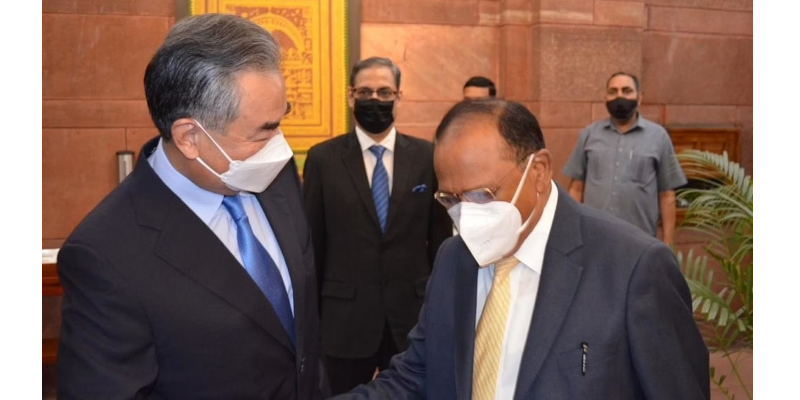
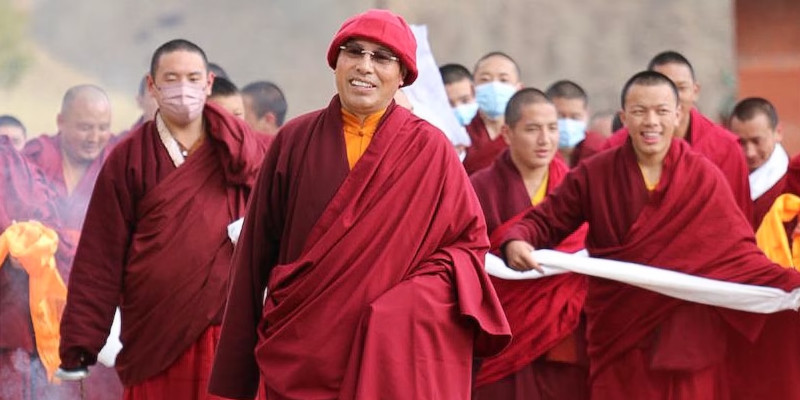
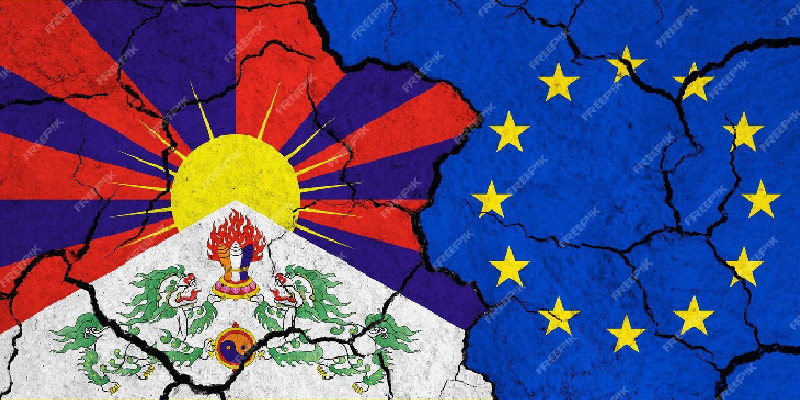
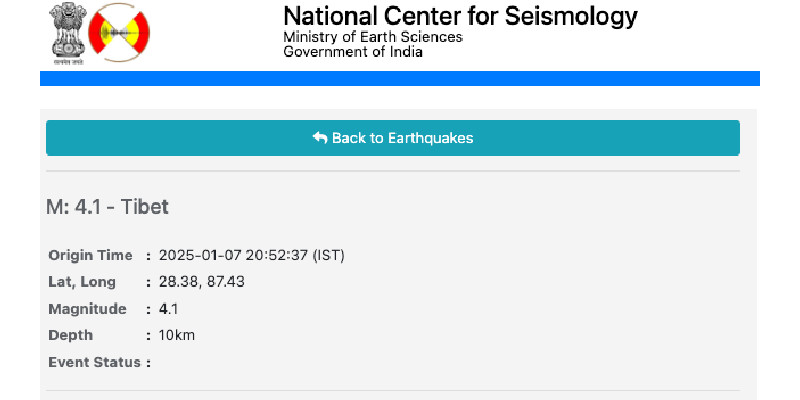
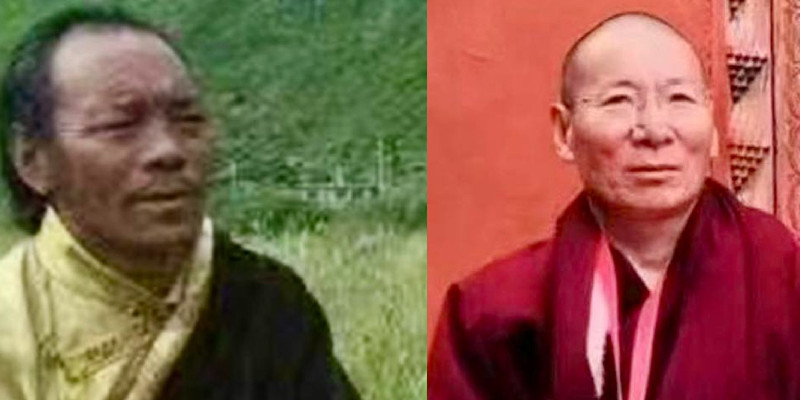
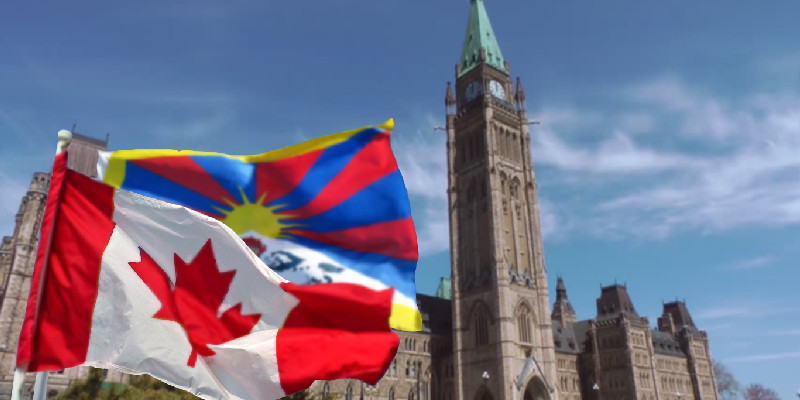
Leave a Reply